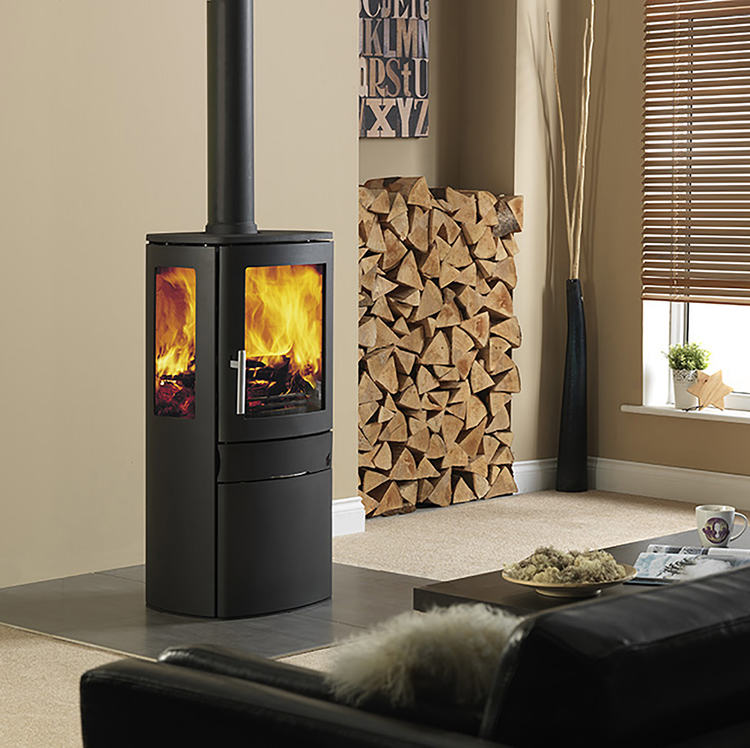Eco friendly Fireplaces

Eco-efficient hearth stoves, sometimes called eco-friendly or energy-efficient wood-burning stoves, are designed to offer warmth and ambiance while minimizing their influence on the setting. These stoves are constructed to burn wood more efficiently and produce fewer emissions, helping to reduce air pollution and conserve power. Here are some options and considerations for eco-efficient fire stoves:
High Efficiency: Look for stoves with high effectivity ratings. These stoves extract extra heat from the wooden and launch less waste through the chimney. Efficiency ratings are normally indicated as a proportion and might range between totally different fashions.
EPA Certification: In many nations, including the United States, the Environmental Protection Agency (EPA) certifies wooden stoves for emissions and efficiency. Choosing an EPA-certified range ensures that it meets sure environmental requirements and burns wooden more cleanly.
Click for more Burning Technology: Many eco-efficient stoves incorporate superior combustion technology to make sure cleaner burning. This might embrace features like secondary combustion, catalytic converters, and air supply controls to optimize combustion and reduce emissions.

Air Wash System: A built-in air wash system helps hold the glass window of the range clean by directing a stream of air over it, stopping soot and creosote buildup and sustaining a clear view of the flames.
Insulation and Heat Retention: Stoves with proper insulation and heat retention properties maintain the firebox hotter for longer periods. This results in higher combustion and more efficient warmth output.
Size and Heat Output: Choose a stove that is appropriately sized for the area you plan to warmth. An oversized stove might result in overheating and inefficient burning.
Wood Quality: Burning dry, seasoned wood is crucial for optimum efficiency and efficiency. Wet or green wooden can produce extra smoke and creosote buildup, reducing stove effectivity and probably posing a fire hazard.
Multi-Fuel Options: Some stoves can burn a number of kinds of gasoline, such as wood pellets, that are a more constant and efficient fuel source in comparison with traditional logs.
Eco-Friendly Materials: Stoves created from sustainable and eco-friendly materials, corresponding to recycled or domestically sourced steel, contribute to their overall environmental influence.
Proper Installation: Proper installation of the stove and chimney is essential for security and effectivity. Make certain to observe producer pointers and think about professional installation.
Regular Maintenance: To keep effectivity and forestall creosote buildup, which can result in chimney fires, common cleaning and maintenance of the range and chimney are important.
Local Regulations: Check native rules and requirements related to wood-burning stoves, including emission standards and restrictions on burning sure kinds of wood.
Eco-efficient fire stoves offer a way to enjoy the warmth and ambiance of a wood-burning hearth whereas being conscious of the environment. When purchasing for a range, pay attention to efficiency rankings, emissions certifications, and options that contribute to cleaner burning and reduced environmental influence..
